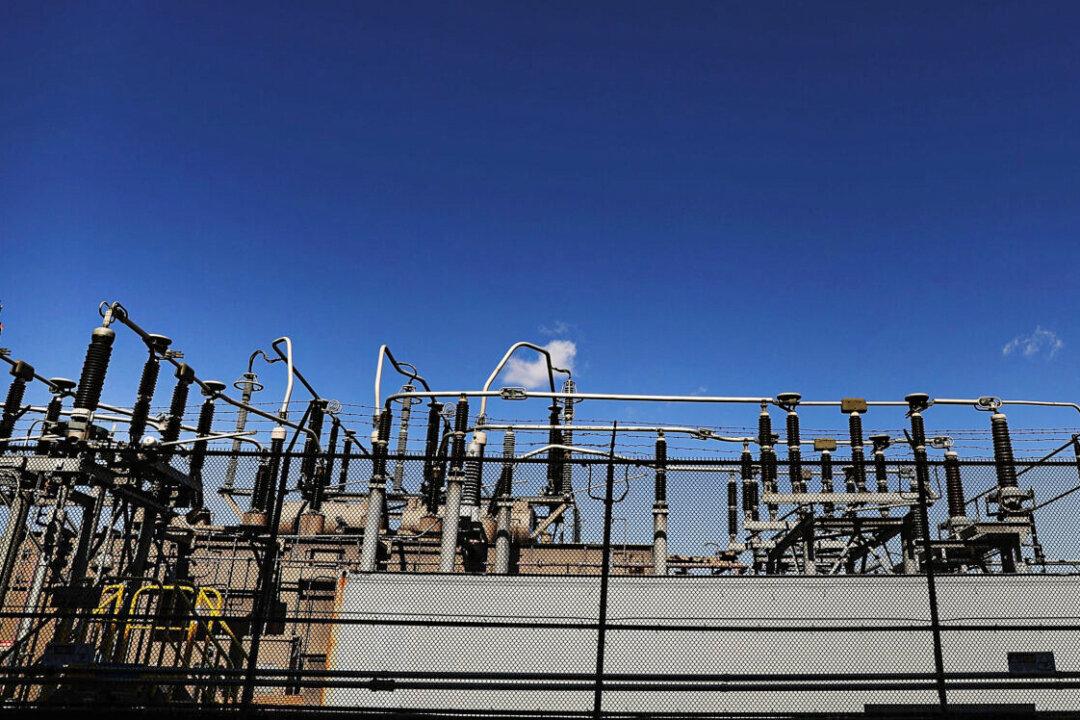According to a proposed scoping plan, New York residents might be forced to—as early as 2030—replace their boilers with electric heat pumps, drive electric cars, and switch to electric appliances for cooking, drying clothes, or heating water.
Environmental advocates staunchly support the draft scoping plan. But the plan has drawn widespread criticism from residents, energy experts, lawmakers, and some local governments.





